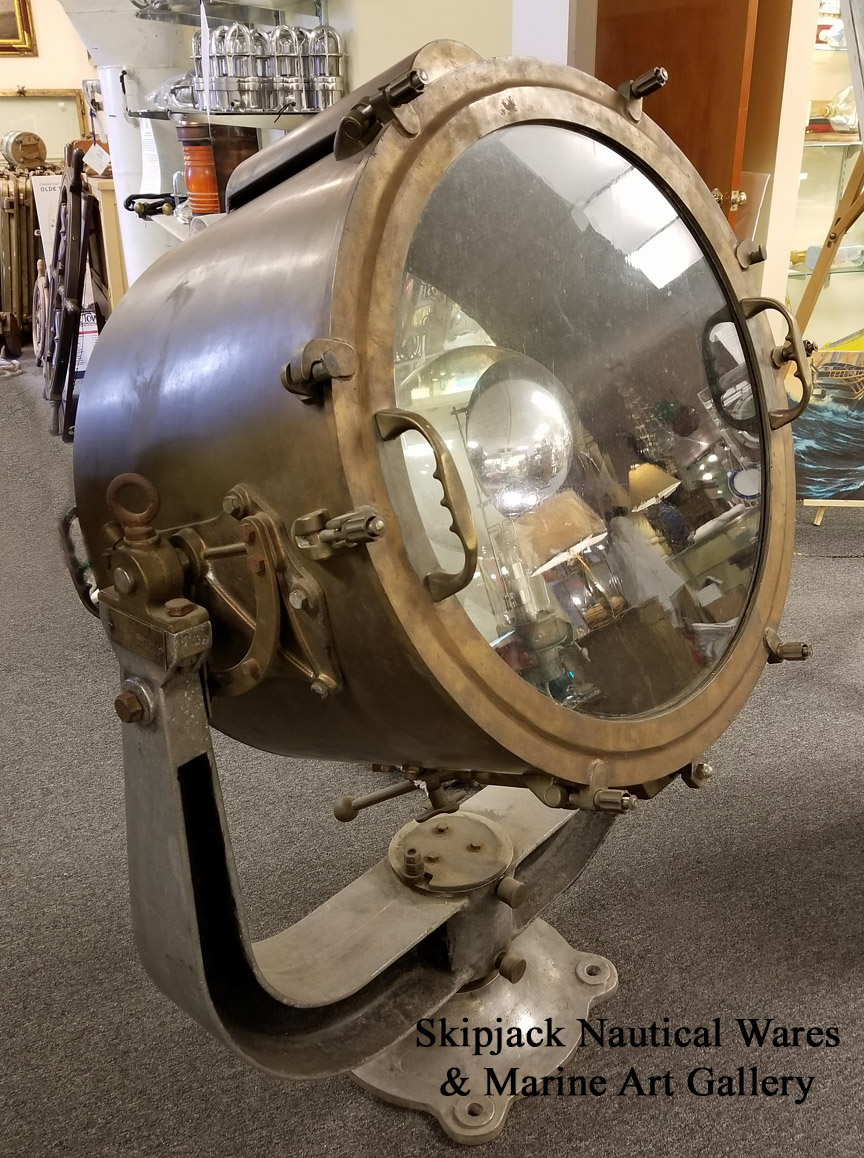Stevenfyeager
Senior Member
- Location
- United States, Indiana
- Occupation
- electrical contractor
According to on line calculator, #2 AL would be needed for 320' underground 20 amps, 120 volts. (4% drop) Does this sound right? I've read that some people have trouble with gfi outlets feeding a long run tripping. They advised installing the gfi outlet at the end instead of feeding from one. Is that true ? I would rather feed from one to allow me to trench more shallow. Thank you.

